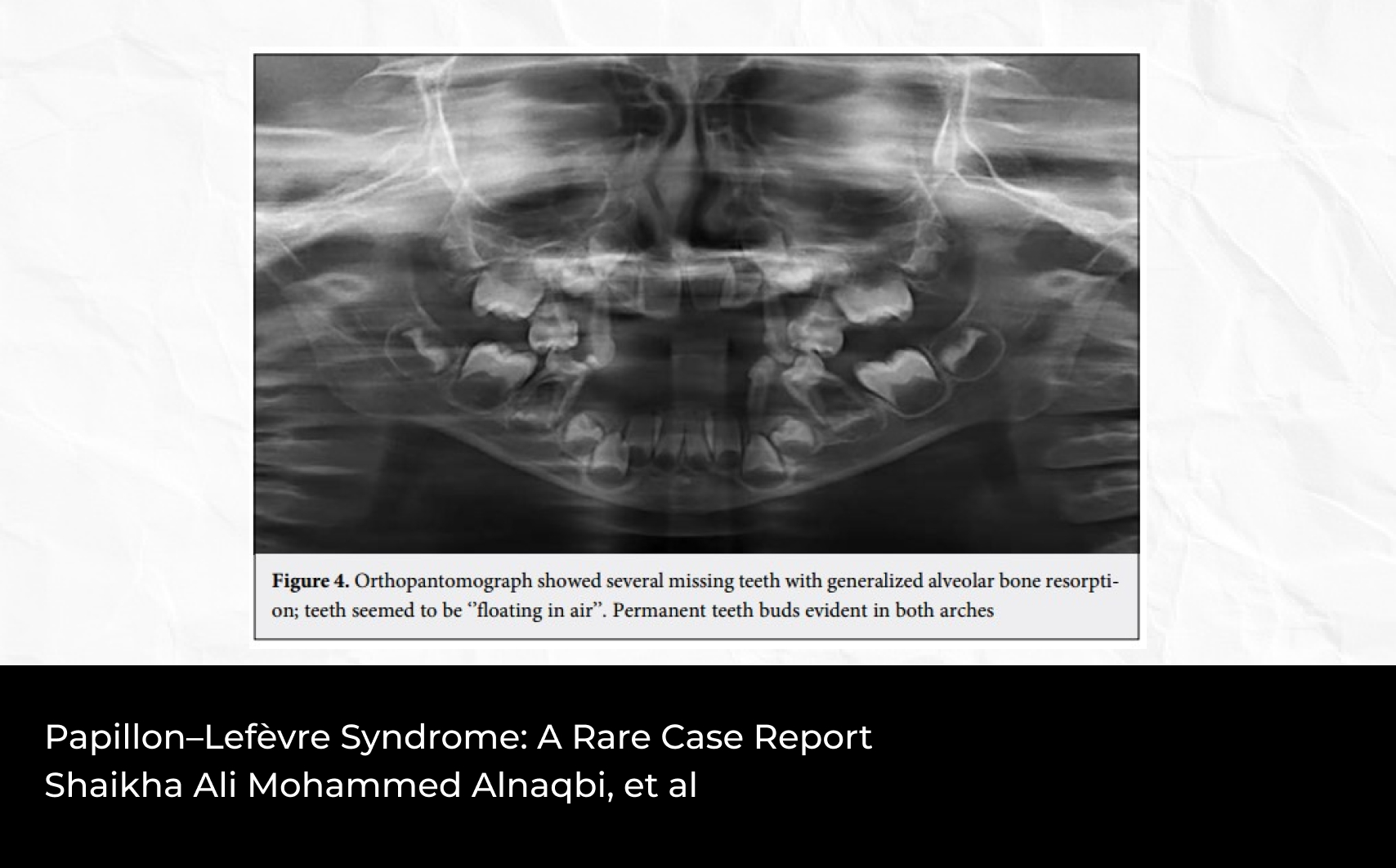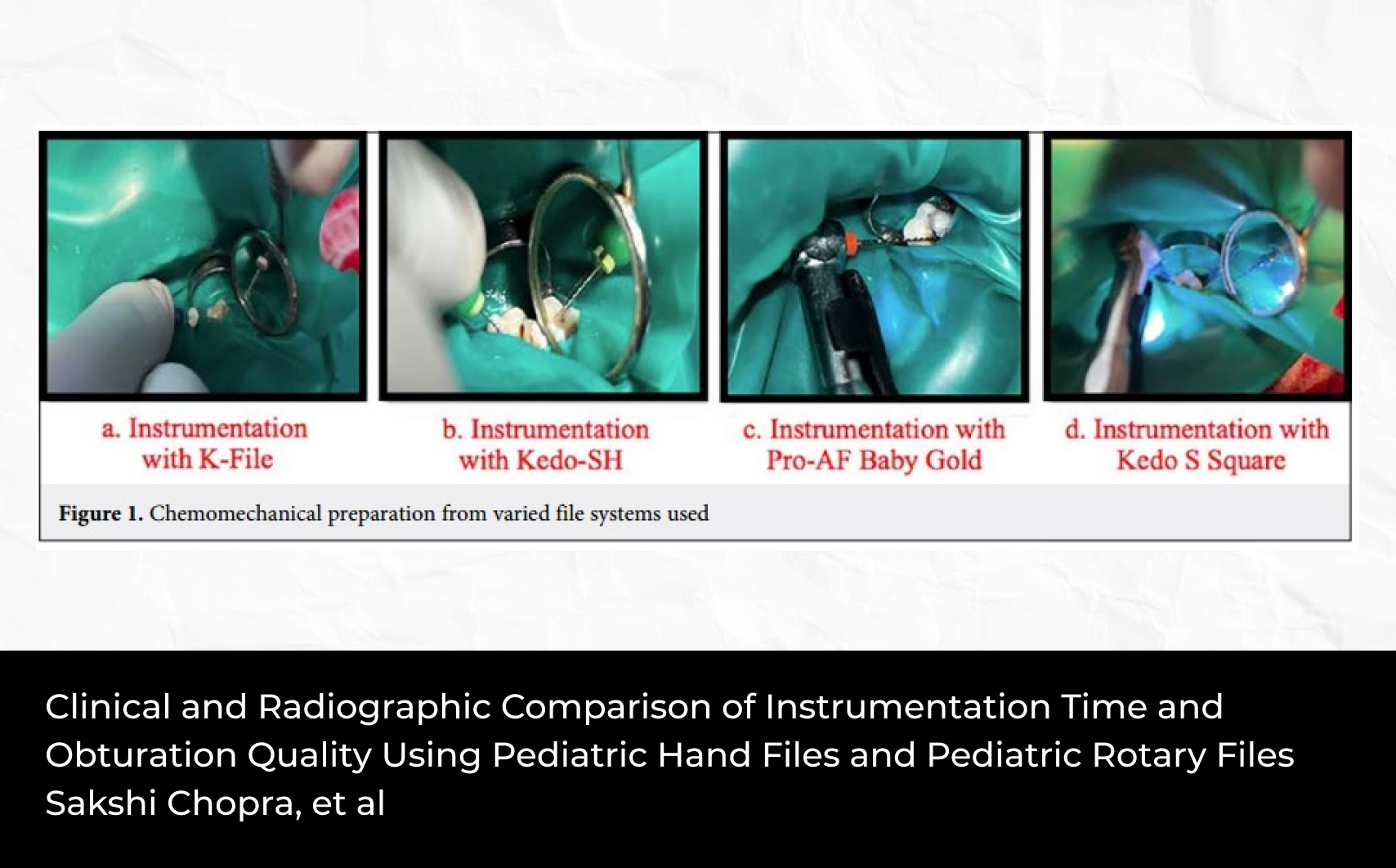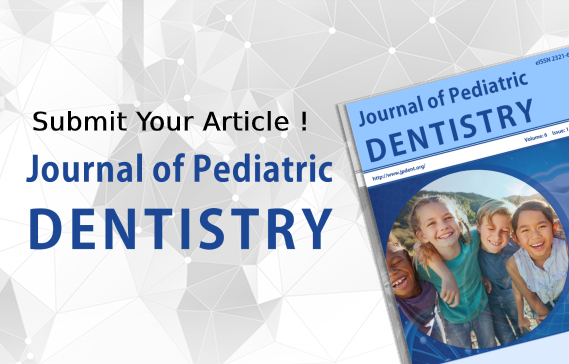2Department of Pediatrics, Faculty of Medicine, Universitas Padjadja-ran, Bandung, Indonesia
3Department of Pediatric Dentistry, Faculty of Dentistry, Universitas Padjadjaran, Bandung, Indonesia
Abstract
Beckwith-Wiedemann Syndrome (BWS) is a pediatric overgrowth disorder characterized by developmental aberrations, tissue and organ hyperplasia, and an elevated susceptibility to embryonic tumors. Its incidence stands at approximately 1 in 10,340 live births. This syndrome manifests various distinctive features within the oral cavity, notably macroglossia. The primary objective of this review is to systematically present the scientific evidence about the influence of macroglossia on the dentition of affected children. PubMed and Google Scholar articles published between 2011 and 2023 were systematically searched. The selected reports synthesize the ramifications of macroglossia on the oral and dental aspects of children afflicted with Beckwith-Wiedemann Syndrome. The final analysis encompassed 12 articles, comprising seven case studies, three retrospective observations, one cohort study, and one cross-sectional investigation. It was evident that children with BWS experiencing macroglossia necessitate comprehensive care from both medical and dental professionals due to its substantial impact on various aspects, including tooth development, facial aesthetics, and functional implications such as open bites, occlusion disorders, diastema, drooling, enamel hypoplasia, tooth shape anomalies, dental caries, delayed eruption, skeletal class III malocclusion, and mandibular prognathism. The clinical hallmark of Beckwith-Wiedemann Syndrome is characterized by systemic overgrowth, encompassing macroglossia, which significantly influences oral function and maxillofacial morphology. Several limitations are inherent in this review. Firstly, it is predominantly based on single-center retrospective studies with a limited subject pool. Secondly, the absence of case-control analyses hinders further validation of macroglossia's long-term impact on the dentition of affected individuals beyond adolescence. Consequently, future reviews would benefit from extended follow-up studies over a more prolonged duration to address these limitations comprehensively.














